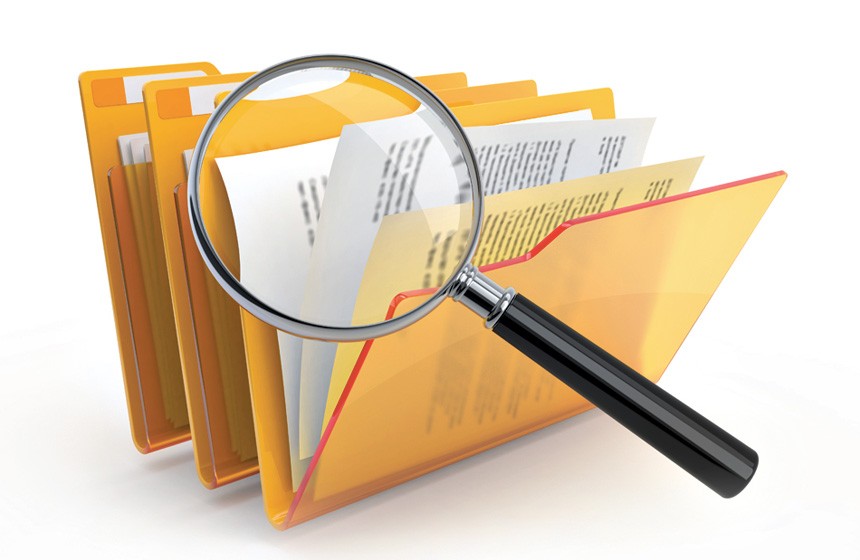Proposing limits to transparency today may seem heresy, since it has become an omnipresent good in our life, especially in the political arena, as it is the "motto" that dominates the public discourse.

Various authors point out that transparency has become a "fetish" for its omnipresence [1] or a "totem of conduct in which all invoke (and few fulfil)" [2].
It is evident that, in our day to day lives, transparency works like a steamroller, since with its mere invocation confers the legitimacy to approach and invade anyone and everyone's space, whether public or not.
The pressure exerted is so great that people's rights are often forgotten, such as the right to privacy, the right to their own image and the right to honour. These rights are enshrined in our Constitution as fundamental rights, and their prevalence seeks to preserve human dignity.
Anyone who invokes any of these rights to avoid giving explanations about any matter that is required, will surely be burnt at the "media stake," as if they were a heretic, because it violates the omnipresent value of transparency.
Another aspect to consider in terms of the limits of transparency is the recent recognition of the right to be forgotten on the Internet by the Court of Justice of the European Union [3]. This provides the general public the right to require search engines such as Google, to suppress certain information that may violate fundamental rights. Again the "totem" of transparency cannot justify the "eternal penalty" of appearing on the Internet with news that damage people's privacy and honour.
Transparency works like a steamroller, since with its mere invocation confers the legitimacy to approach and invade anyone and everyone's space
Therefore we always have to bear in mind that transparency cannot operate outside individuals' fundamental rights. Because of this, we have to seek the right balance between the transparency desired and demanded by our society and the spaces inherent to a person's intimacy.
Some authors, such as Byung-Chul Han or Miguel Ángel Aguilar, warn of the systemic coercion or vehemence of transparency, which can produce a paralyzing effects of human beings, making them functional as if they were element of a system, thus limiting creativity and individual initiative.
As we enter the world of trends, we has to ask ourselves whether transparency should be a tactical or strategic element, that is, short-term and improvised, or long-term and planned.
When transparency is repeatedly invoked as a "fetish," it is positioning itself as a tactical and short-term element. Politicians have real battles with each other to permanently embrace this social totem, to say that they are the most transparent and, always, much more so than the rest of their colleagues.
Professor Rayco González [4] warns that transparency is often a semiotic tactic focused on a specific purpose, precisely to convince others of our good intentions, and thus to dissuade a certain recipient from looking in a certain direction.
When transparency is repeatedly invoked as a "fetish," it is positioning itself as a tactical and short-term element
The concept of semiotic tactics is the academic denomination of the well-known "posturing", which is the most aspect of current politics. Today, all the burden and effort is placed in gestures and in messages, the existence of content or not being irrelevant. It seems that society judges politicians by their gestures and statements, without assessing the existence of content or not.
The philosopher Byung-Chul Hann warns that "anyone who only associates transparency with corruption and to freedom of information has no idea of it dimension." Transparency transcends the occasional statement, and it has to be a strategic axis in organisations' operation, be they public or private.
When transparency is a tactical element, we should distrust this message, since it is only a gesture, and does not correspond to a strategic element in the philosophy of life of a person or organization.
Therefore transparency has to be a strategic element in the operation of the organization, that is to say, it has to respond to a long-term vision.
For transparency to work, the information provided has to be useful and manageable. The well-known Information Society is based on exacerbated transparency, in the philosophy that everything is on view. At present, we estimate that the accumulated data on the Internet amounts to 1,200 zettabytes (1 zettabyte = 1012 Gb), and if all this information were printed, the entire surface area of the world would need to be covered by cupboards with three shelves.

The question to ask ourselves should be: is transparency a flood of information without any criteria of its usefulness? It seems that the answer is obvious, a flood of information given by issuer is of little use at a user.
An issuer disseminating information of dubious utility, rather than being an exercise in transparency, is adopting an exhibitionist behaviour, which responds to the logic of semiotic tactics, that is to say, the afore-mentioned short-termism, without going any further.
The cost of generation and emission of the information by the issuer, as well as the analysis by the receiver in not negligible, so we need to analyze the utility of this information and avoid gestures that are mere hype and incur cost without benefit.
Digitization is an essential element for transparency to have a strategic use, that is to say, to have a long-term purpose. Companies and administrations have to count decisively on digitization, as this will be the way to live absolutely normally with transparency.
Effective transparency, beyond some politicians insisting that they are the most transparent, requires a systematization of the management and organisations' modus operandi, in a way that allows the dissemination of systematized information. It is difficult to achieve this objective without the use of technological tools, which is why digitization has come to stay.
Effective transparency, beyond some politicians insisting that they are the most transparent, requires a systematization of the management and organisations' modus operandi
These spokespersons of the transparency fetish, who seek to elevate it to a sacred category, should understand that it has to be configured as a strategic, long-term device, and not a simple posture that corresponds to a specific political tactic.
As Byung-Chul Han points out, the breadth of transparency goes far beyond corruption and freedom of information. Transparency has to be synonymous with clarity in performance and predictability in the course of events. Well then, this is what has to be demanded of the Public Administration, that its actions are absolutely foreseeable.
Many of those who have transparency sacred have forgotten the sheer dimension of transparency, and the impossibility of foreseeing its consequences. By appealing to an alleged "ideology" we are able to bypass the rules, and even hinder their compliance in their strictest interest.
I want to finish this article by striking a blow in favour of those people who in the Public Sector are still able to imagine, design, and execute projects. It is essential that all its processes are subject to the necessary doses of transparency, since the right to know for all of us is an undeniable element. However, those who invoke the right to know to degrade transparency and forget the obligation to do it are worrisome. Therefore, the transparency of those that do is important, but let's not forget the transparency of those who do not do, given the cost of paralyzing or not carrying out projects is extremely high for the general public.
[1] Byung-Chul Han; La Sociedad de la Transparencia; Ed. Herder 2013
[2] Sanchez Lambás, Jesús; Estados modernos, transparencia y homeopatía; Conferencia incorporada en el libro "La Transparencia engaña"; Ed. Biblioteca Nueva 2014
[3] Sentencia del TJUE de 13 de mayo de 2014
[4] González, Rayco; La transparencia como efecto sentido; Conferencia incorporada en el libro "La Transparencia engaña"; Ed. Biblioteca Nueva 2014









